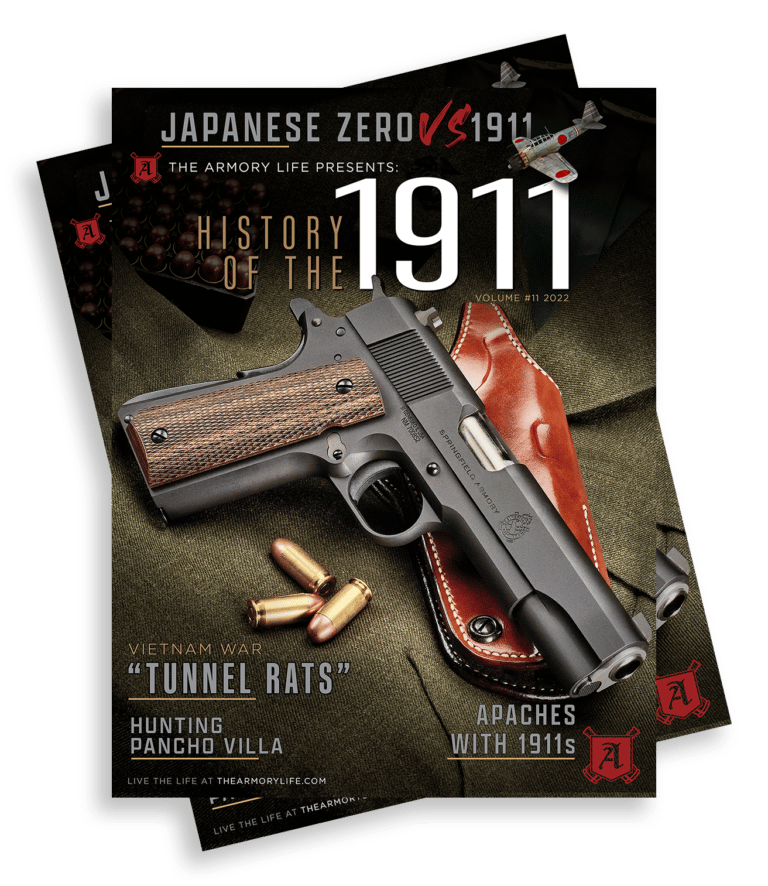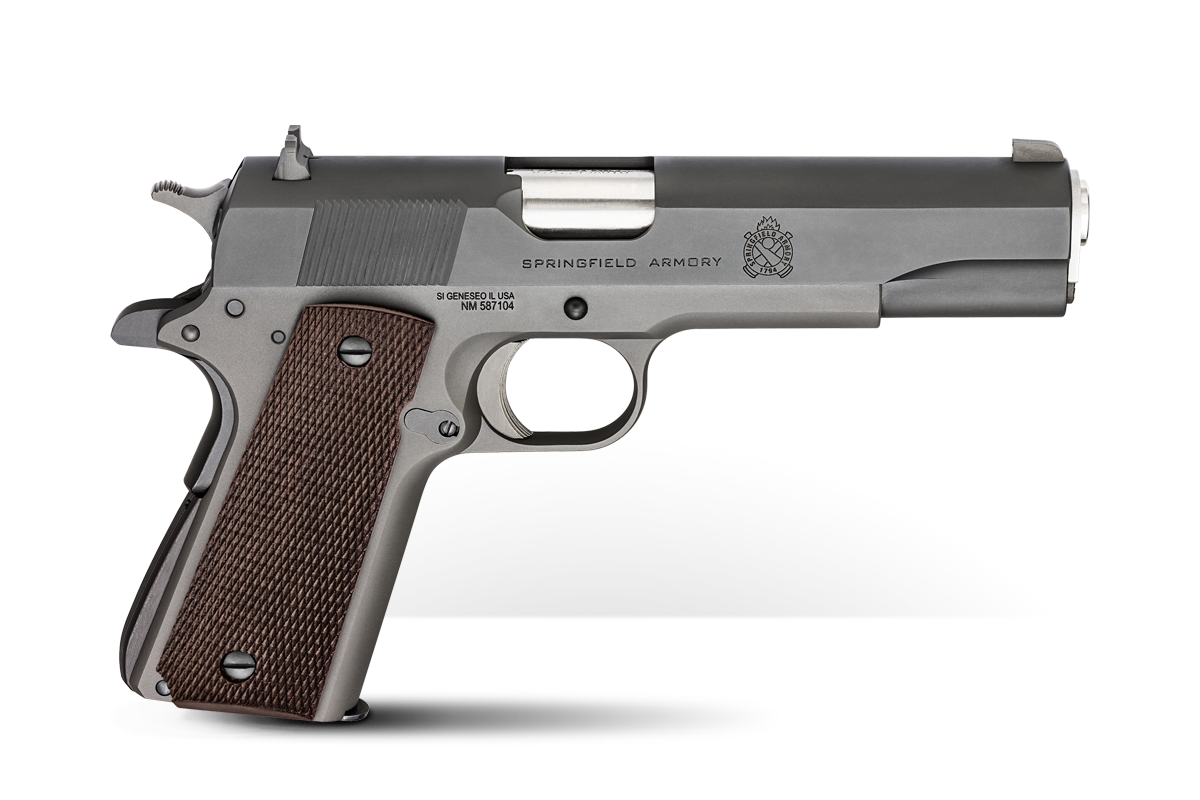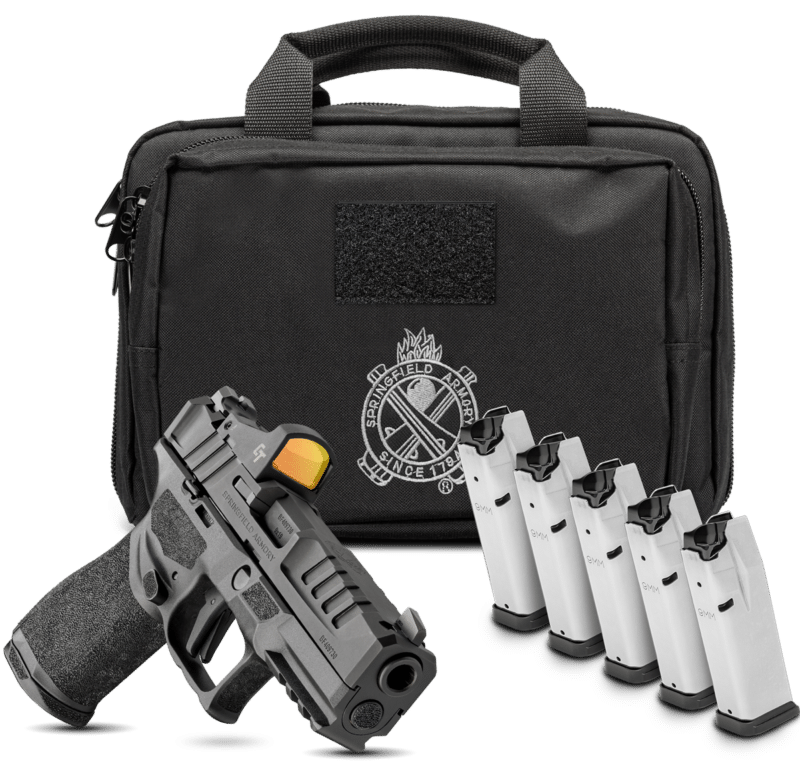Apaches with 1911s
January 14th, 2020
6 minute read
By 1916, many of the vestiges of the Old West were beginning to fade. Modern technologies, including automobiles, aircraft, and automatic weapons, were beginning to appear on the world’s battlefields, ranging from the trenches of Western Europe to the wide-open desert of the US-Mexican border. Regardless of the rapidly advancing tools of the 20th century, some legends of the Wild West would die hard.
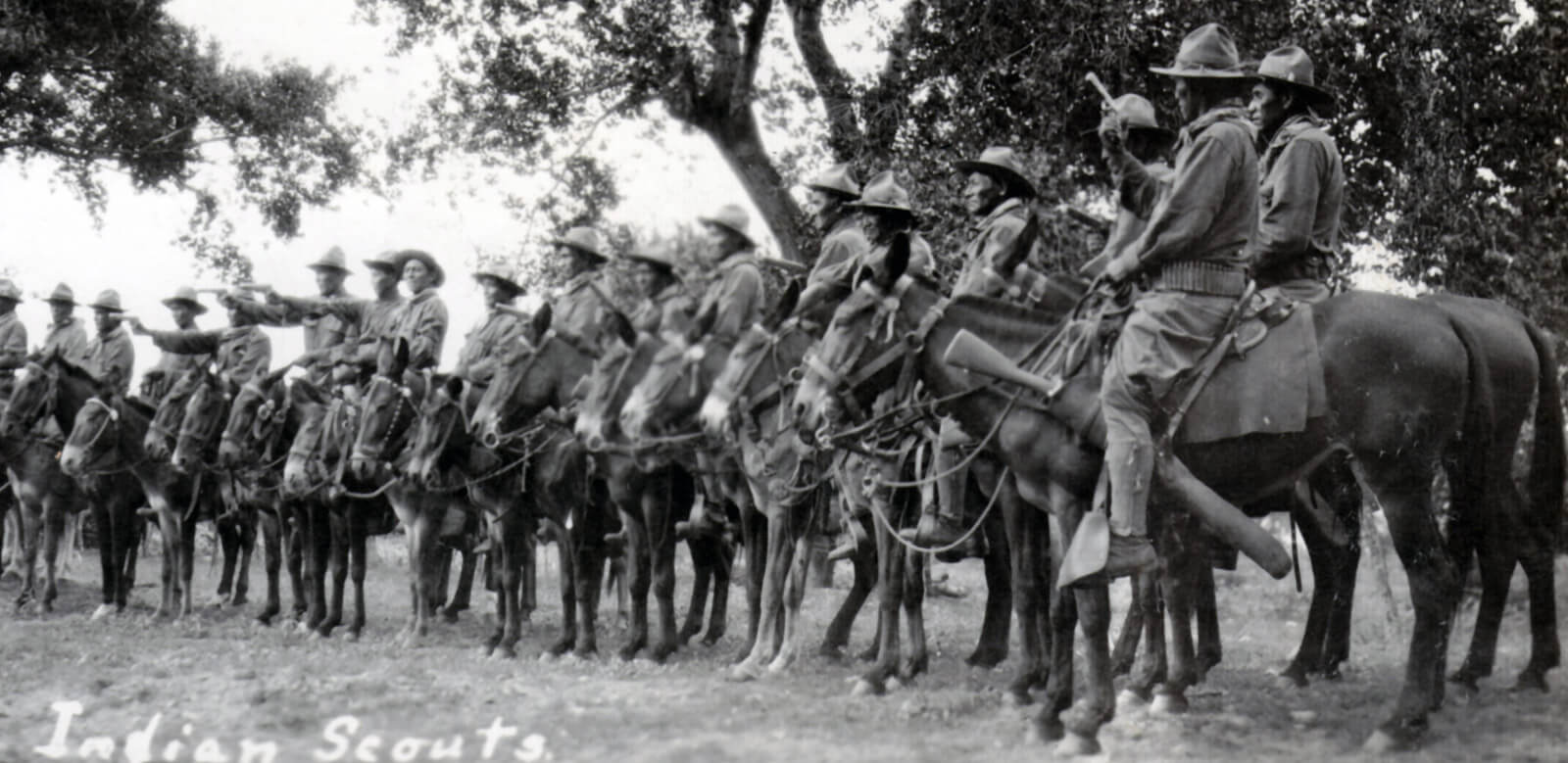
After Pancho Villa’s gang of cutthroats, criminals, and would-be revolutionaries had attacked the town of Columbus, New Mexico on March 9, 1916, President Wilson ordered General John “Black Jack” Pershing to lead an expeditionary force into Mexico to pursue, and then capture or kill Villa (to read more about that mission, click here).
The Apache Scouts
On General Pershing’s request, a small group of the famous Apache scouts joined the Mexican Punitive Expedition. Most of this group of scouts came from Fort Huachuca to join the U.S. 10th Cavalry south of the border, while others from Fort Apache joined the 11th Cavalry.
After Geronimo had surrendered in 1886, the number of Apache scouts had declined dramatically. By 1915, there were little more than 20 left in U.S. service. In April 1916, General Pershing authorized the enlistment of seventeen additional Apache scouts, and these new recruits bolstered their ranks to free up experienced scouts to join the Mexican Expedition.
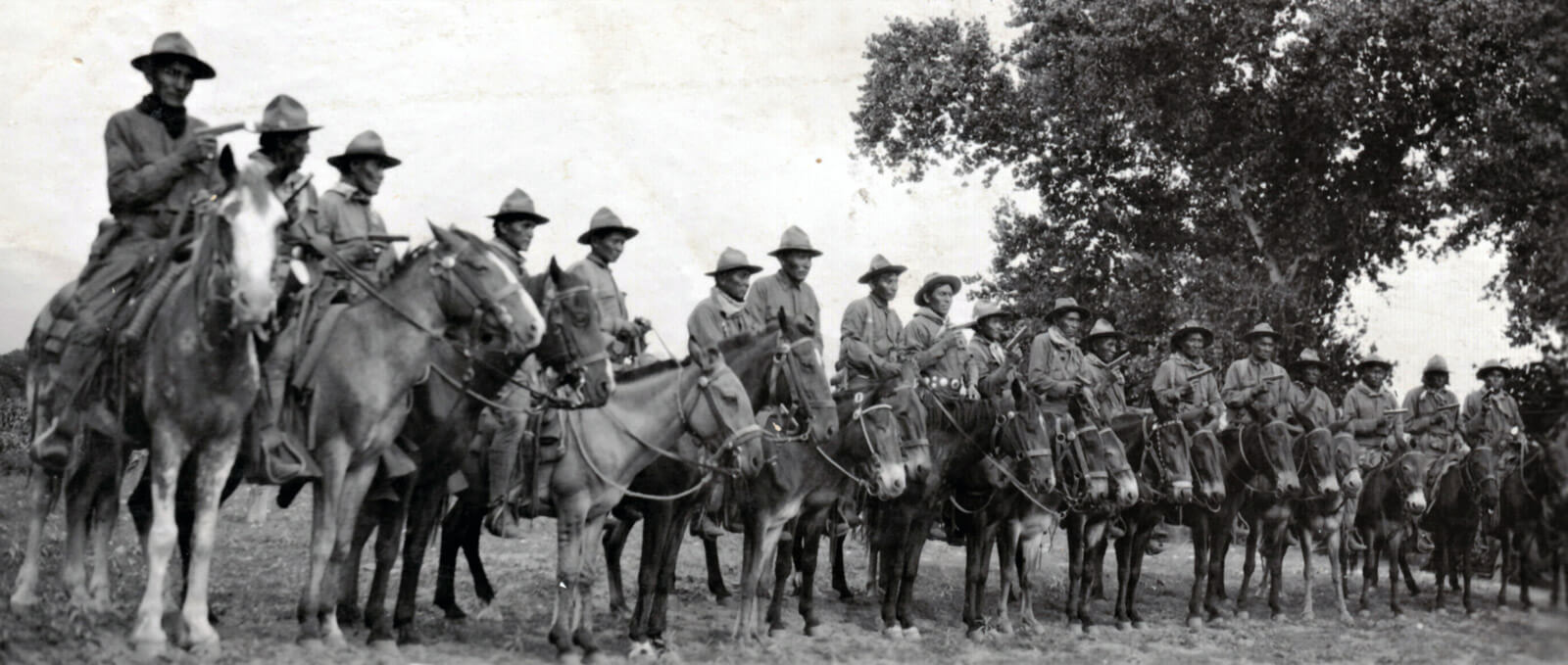
In 1917, the Army created new regulations pertaining to the Native American scouts in 1917. “Scouts will be enlisted for periods of seven years and discharged when the necessity for their services shall cease. While in service they will receive the pay and allowances of cavalry soldiers and an additional allowance of 40 cents per day, provided they furnish their own horses and horse equipment; but such additional allowance will cease if they do not keep their horses and equipment in serviceable condition.”
Standard procedure in the U.S. Army was to enlist an Apache scout using an “Anglo” name or nickname. They were equipped with the latest firearms, in this case the .45 caliber M1911 pistol and the .30 caliber M1903 Springfield rifle. The Scouts wore much of the standard cavalry uniform with certain variations based on the style and preference of the individual scout. Clearly, the Apache scouts were treated with a great degree of leniency as compared with normal army (or national guard) troops.
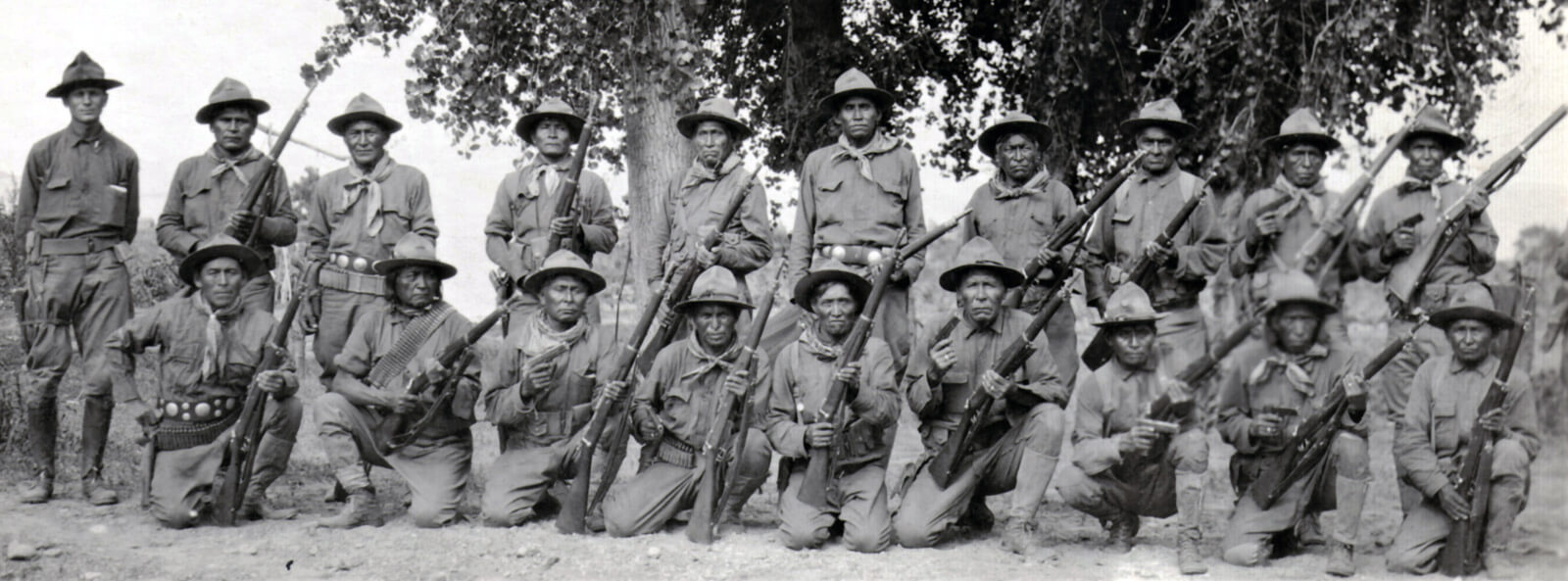
“Shoot ’em All!”
The Apaches had a long-standing hatred of the Mexicans and this manifested itself frequently during the Punitive Expedition. Captain James Shannon of the U.S. 11th Cavalry wrote about the attitudes of the Apache scouts in the April 1917 issue of The Journal of the U.S. Cavalry Association in an article titled With the Apache Scouts in Mexico:
“As we approached this (Mexican Government) outfit and opened a conversation with them, Sergeant Chicken (First Sergeant of the Scouts) fingered his gun nervously and gave vent in one sentence to the Indians’ whole idea of the Mexican situation: “Heap much Mexican, shoot ’em all!” There was no fine distinction in their minds between friendly Mexicans and unfriendly, Carranzistas and Villistas, de facto troops and bandits. To their direct minds there was only one line of conduct: “Heap much Mexican, shoot ’em all!” They had to be watched carefully when out of camp to be kept from putting this principle into practice.”
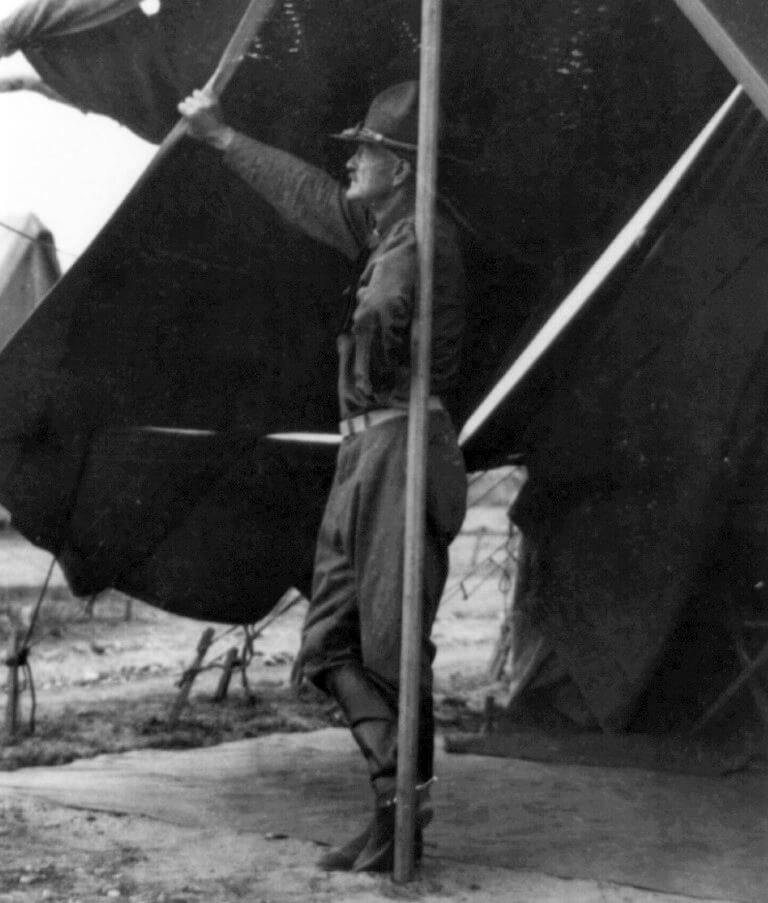
Captain Shannon also offered his opinion of the Apache style of scouting:
“The Indian cannot be beaten at his own game. But in order to get results, he must be allowed to play that game in his own way. You tell a troop of white soldiers there is an enemy a thousand yards in your front and they will go straight at him without questions. The Indian under the same circumstance wants to look it all over first…Before he advances, he wants to know just what is in his front. This extreme caution…is one of the qualities that makes him a perfect scout. It would be almost impossible to surprise an outfit that had a detachment of Apache scouts in its front.”
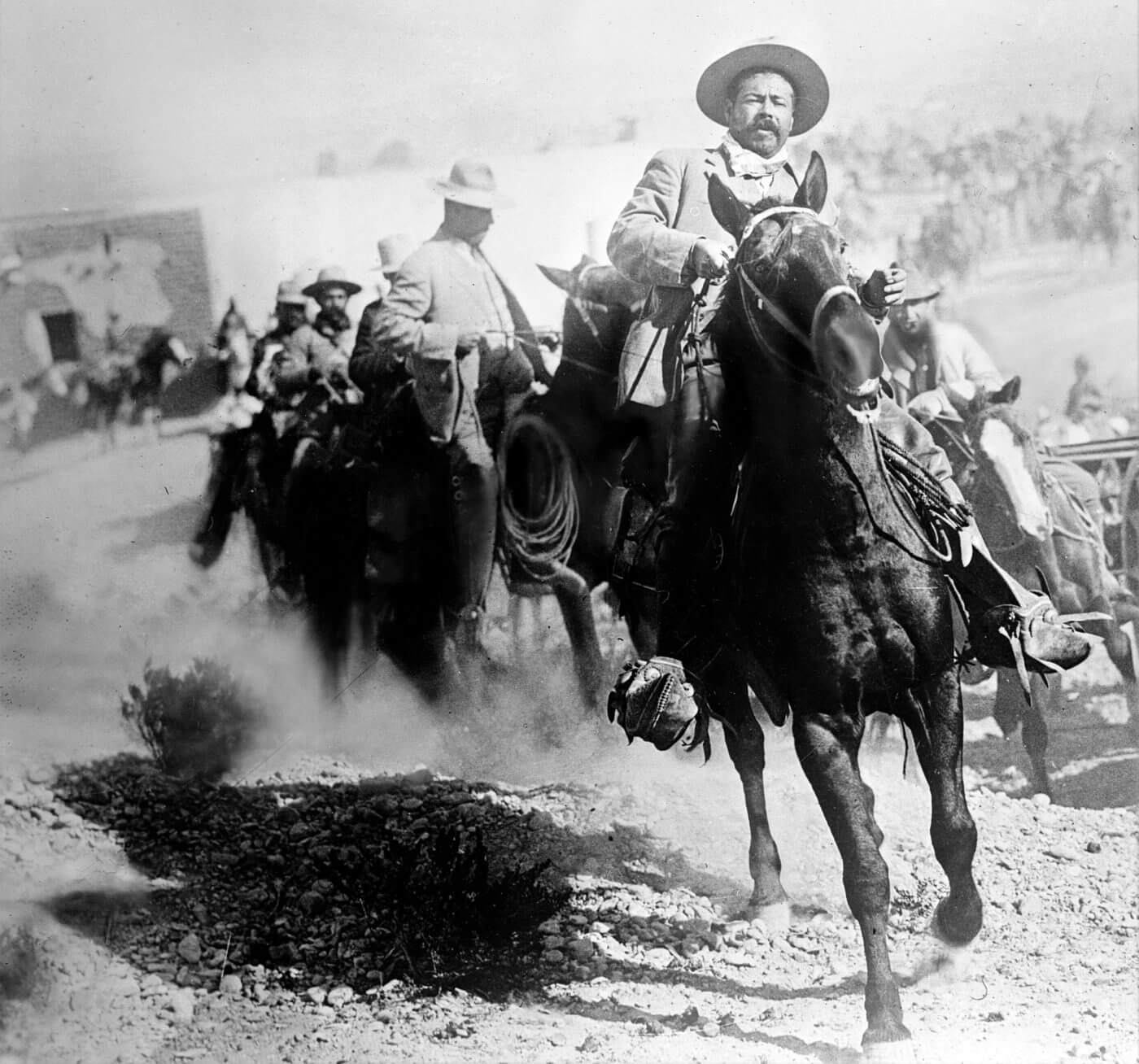
In 1918, H.B. Wharfield was a lieutenant commanding Apache scouts. He accurately described the role of the Scouts in his book With Scouts and Cavalry at Fort Apache (Arizona Pioneers Historical Society, 1965):
“The Apache scouts were not trained or drilled to maneuver as the soldiers of the army. Their operations were in accordance with the Apache’s natural habits of scouting and fighting. The only directions given by the military were general in nature for the requirements of the movements of the troops. On the march, small groups of the scouts were out several miles on the flanks and in front, keeping occasional contacts with the main body. At night most of them came in, leaving a few of the scouts posted as lookouts. An Apache never wanted to be surprised, and all of their movements were based on that principle. They approached ridges and high ground with extreme caution, peeking around, looking as far ahead as possible, using cover, and keeping exposure to the minimum. In a fight they did not believe in charging and battling against all odds, which was the quality of many of the Indians of the Plains. Always they sought for an advantage over the foe and retreated rather than expose themselves to gun fire. These characteristics made the Apache an invaluable scout in the field for operations with troops.”
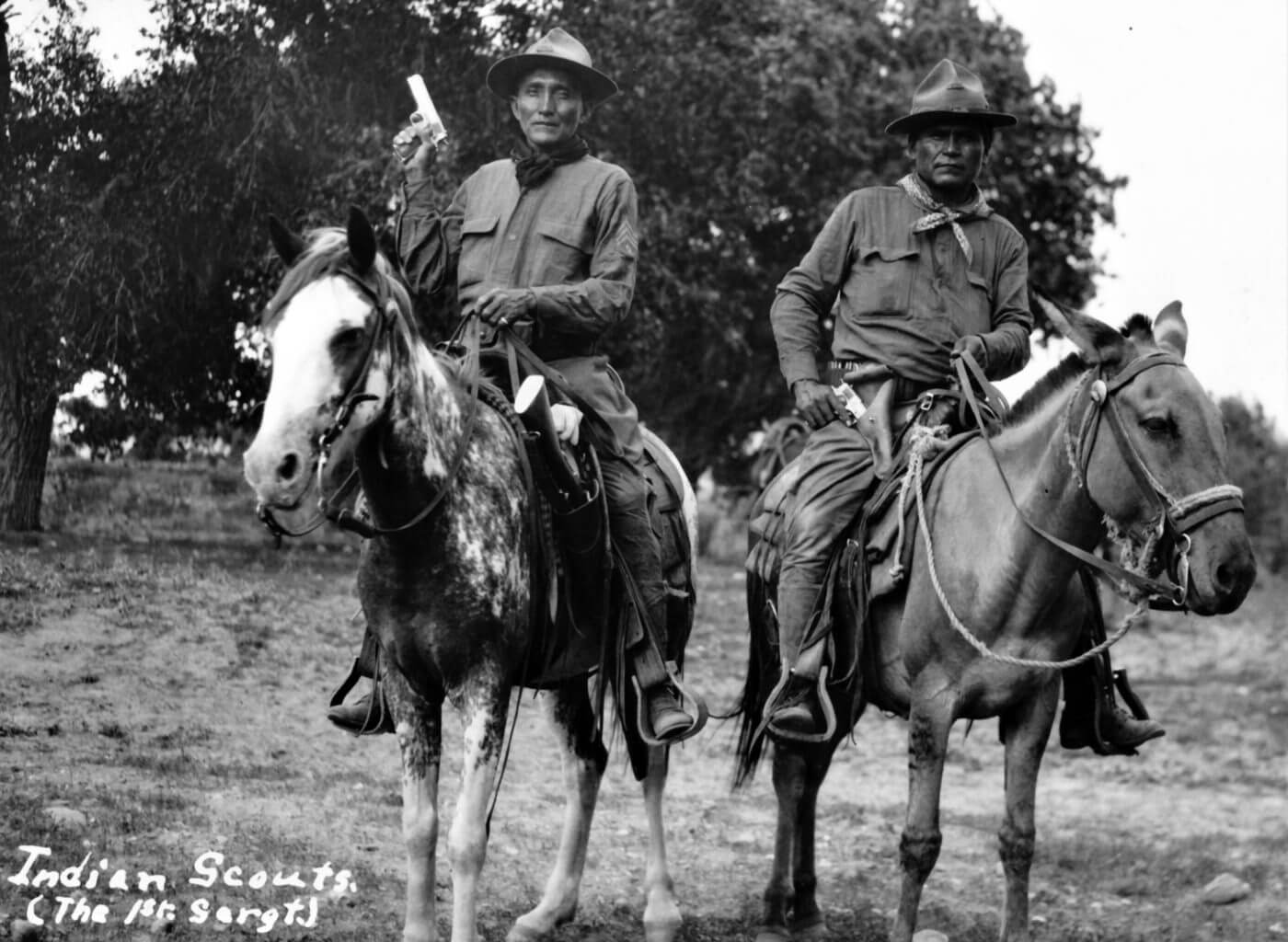
The End of an Era
Even though the Mexican Expedition fought more than a dozen successful engagements with Villa’s men, killing many of his group’s leaders along with nearly 200 of his men, Pancho Villa was not brought to justice. Even so, his men never raided the United States again. As for the Apache scouts, by February 1917 the U.S. Army had disbanded almost half of the force, leaving 22 scouts on active duty.
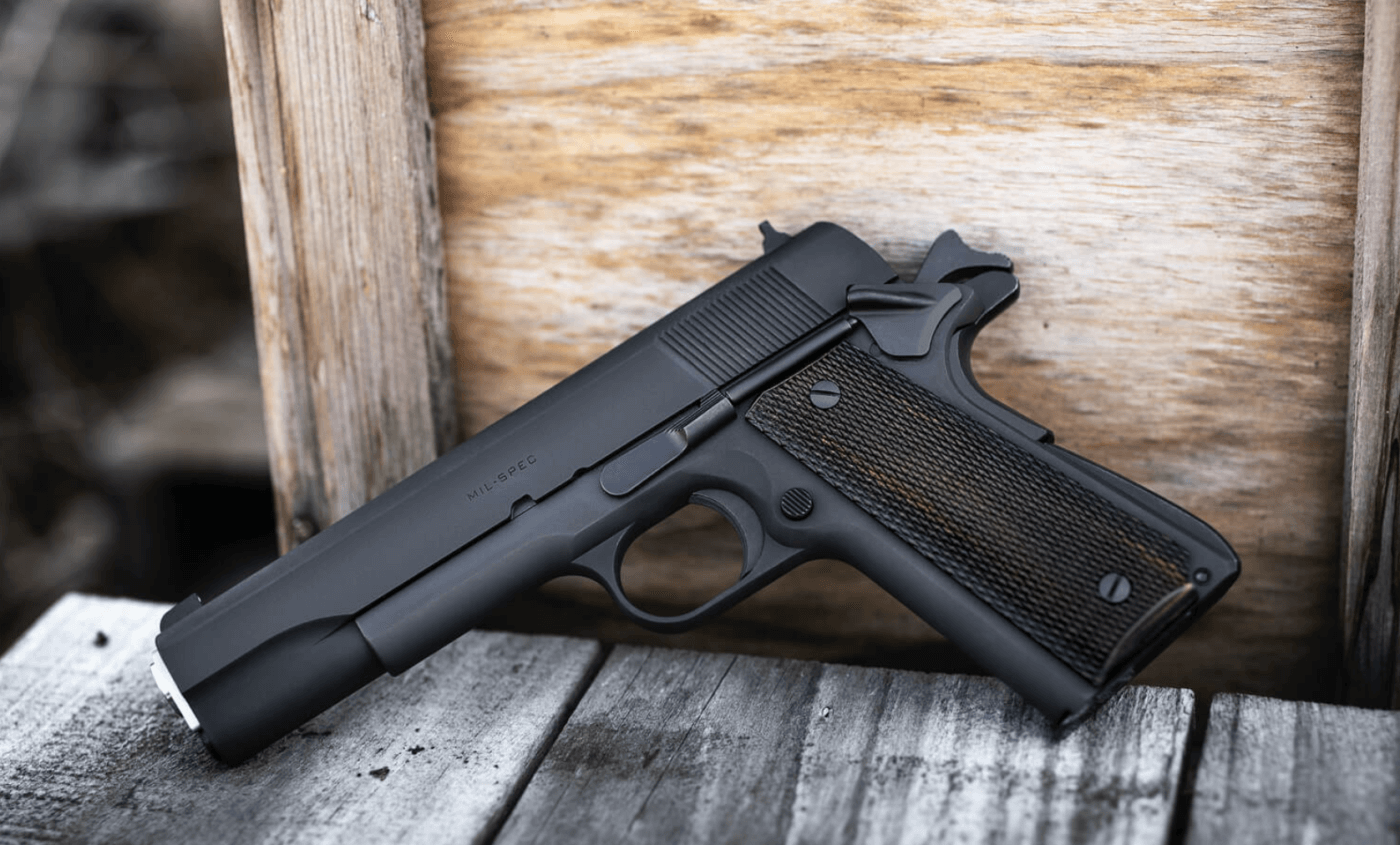
While the Apache scout force may be long gone, the 1911 is still around and kicking. And if you want to own your own version of this classic pistol inspired by the ones on duty during the Pancho Villa mission, then check out the Springfield Armory 1911 Mil-Spec. Patterned after the original M1911 and featuring several 1911A1 upgrades and additional modern enhancements beyond that, the Springfield Armory pistol offers you a lot of handgun for a great price. Saddle up with one in your holster today.
Editor’s Note: Please be sure to check out the new The Armory Life forum, where you can comment about our daily articles, as well as just talk guns and gear. Click the “Go To Forum Thread” link below to jump in!
Join the Discussion
Featured in this article
Continue Reading
Did you enjoy this article?

 365
365




